No matter how careful you are, you will eventually tweak, pull, strain, sprain or have an unforeseen accident while pursuing your athletic goals. In this post I would like to offer some tips on how to train with or around injuries.
What type of injury is it?
First off, determine what the injury is and how long you will be out. Coaches are often not suited to make this call- seek advice from a Physical Therapist or an Orthopedic doctor. I personally favor the PT route, and I have made a point of developing relationships with PTs who have experience participating in or treating patients who participate in Weightlifting, CrossFit, Powerlifting or other strength sports. If you have a video of the particular lift where you first felt pain, show that to the provider. Also show them a successful lift of the same exercise so they can see the difference in movement from your normal technique to the lift where you were hurt. Once you know what the issue is, you can begin developing a training plan around the injury.
Training around the injury
Some injuries, like hernias or severe neck or back injuries, will require complete rest outside of supervised activity. We will not address these injuries here. What we are concerned with are the injuries you can work around.
REHAB
Whatever the injury is, step one is to follow the rehab protocol given to you by your doctor or PT. This is KEY. All training should revolve around the rehab (and the restrictions) you received from the healthcare provider you saw for the injury.
The best way to do this is to perform these exercises at the beginning of your workout when you are the least fatigued and can focus on proper execution of the movement- the same reasoning behind performing the snatch and clean & jerk at the beginning of our workouts!
Bodybuilding
The most common attitude I encounter (and experience myself) when an athlete is injured is a feeling of self pity. They often ask “well, what can I do to train?” JUST ABOUT ANYTHING! One of the things I encourage Weightlifters (and CrossFitters) to do is to think like bodybuilders when they are injured. While we are used to training the body as a whole everyday, now is the time to break it up and choose an injured body part or group of body parts to train each day. When I was first training with weights, the common term for this was the “split” for the week (again, think like a bodybuilder!). Monday was for Chest and Back, Tuesday for Arms and Shoulders, Wednesday for legs, etc. When you're injured, simply removed the injured group of body parts. For example, if you have a shoulder injury, you can still train lower back, glutes, “legs” (quadriceps and hamstrings), and do not forget the abdominal muscles! Isolation movements- even leg curls or extensions with bands- can be useful in building strength during this time.
Treat other nagging injuries
This is a big one. If you injure your knee and can’t squat, take this time to also improve and address weaknesses in the shoulders. Work hard on improving range of motion through stretching, then using large ROM upper body exercises to build strength with that new range of motion to prevent future injuries. Stretch and work on balance on your uninjured side. Take 10-20 minutes to stretch and foam roll the rest of the body at the end of your rehab/bodybuilding workouts. Don’t come back to lifting after healing one injury only to develop another!
Cardiovascular Exercise
Cardio! Yes, I said! Get creative and take some time to build basic work capacity that may have been lagging as cardio is generally the devil in weightlifting. Sled walks, short intervals, rowing, etc can all be used to stay healthy while injured. Just don’t go overboard…
Nutrition
Ok, so this is a selfish topic. I will be as blunt as possible- don’t get fat or skinny. Eat to support the workouts you will be doing, but don’t put yourself in a position from grief-eating that you can’t make weight when you come back to normal training. Yes, a good proper eating regimen will aid in the body’s healing process as well, but the primary issue I see as a coach is my athletes using an injury as an excuse to bump up a weight class (or drop down in some cases). You should resume normal training at the same weight as when you were injured. End of conversation
There are many more ways to modify training around an injury and many other considerations to make. The above examples are a few of the areas I encourage my athletes to focus on during injury recovery. If you have questions about how to modify the Butcher Barbell program to train around a current injury, email us at butcherbarbell@gmail.com
-STEPHEN BUTCHER
Join the competitive Butcher Barbell team here:
https://marketplace.trainheroic.com/#/subscribe?type=team&id=10614
